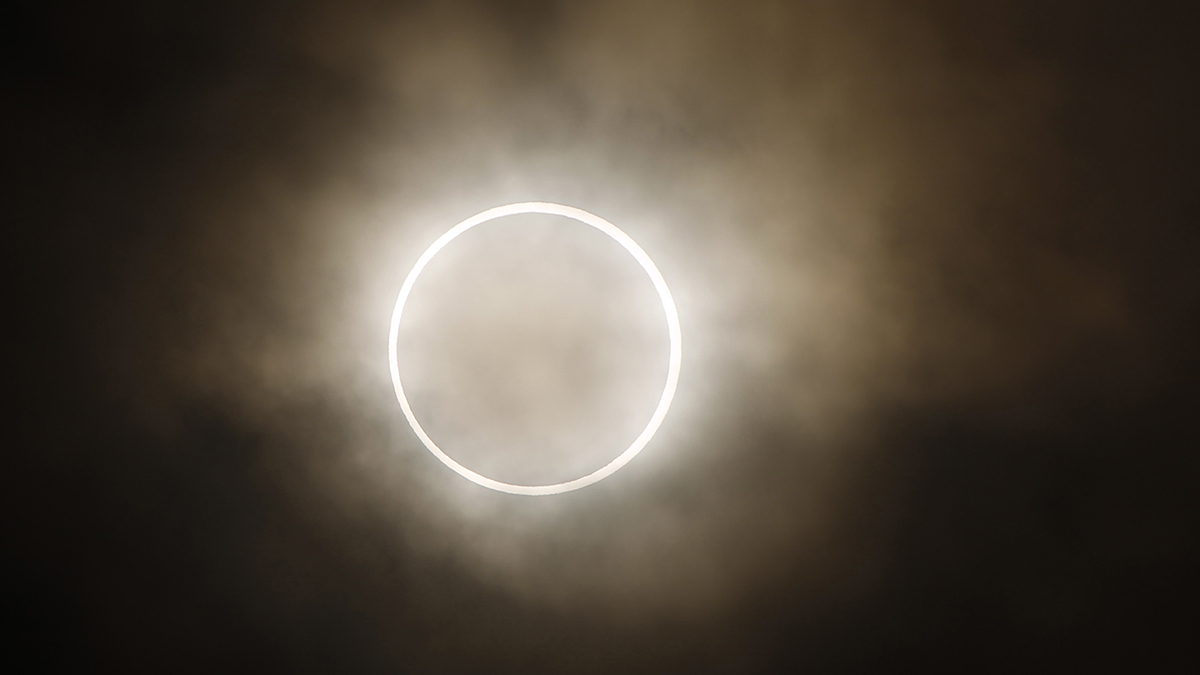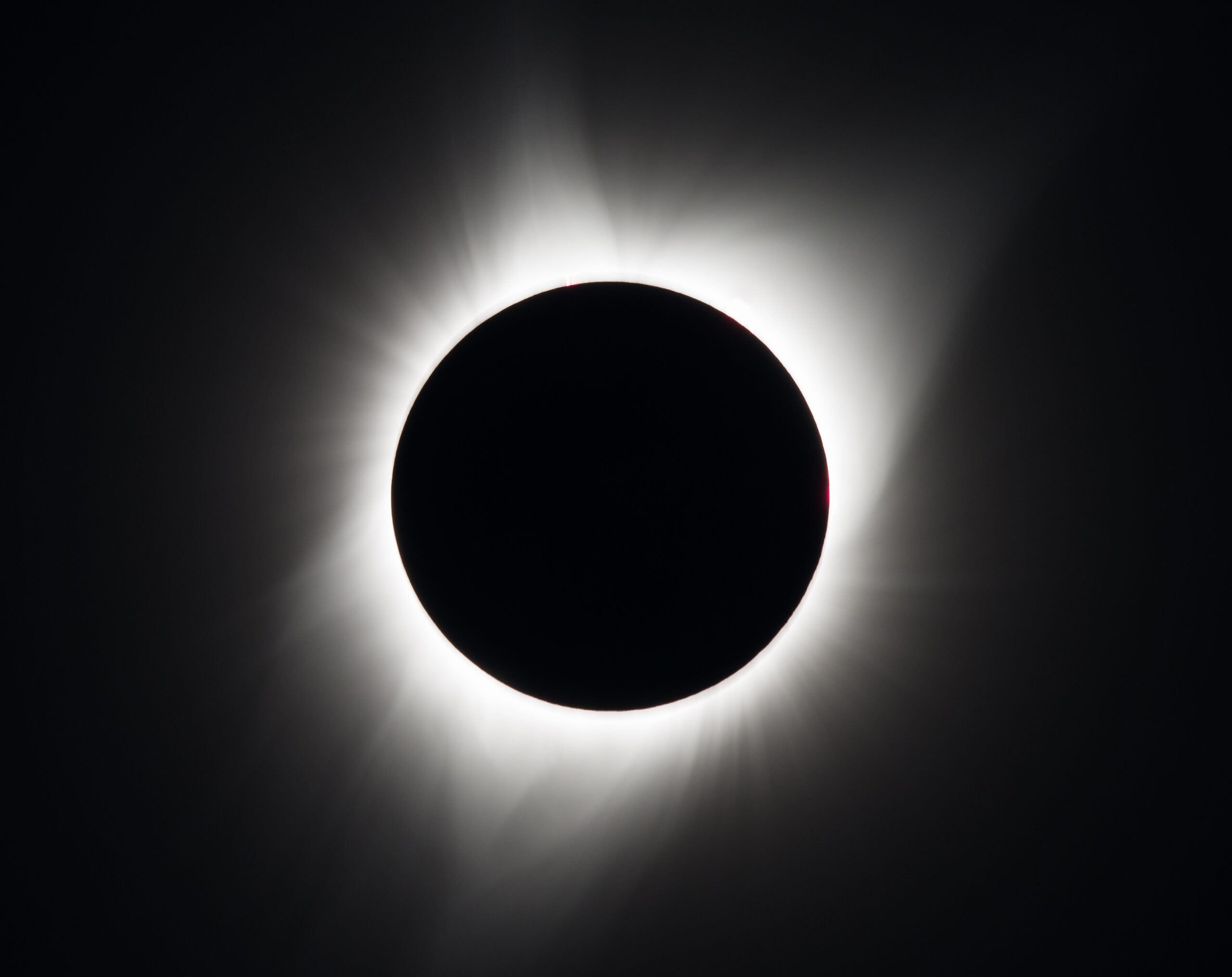What to Know
- There are two solar eclipse viewing opportunities in the coming months.
- The first arrives Saturday with the annular solar eclipse.
- Los Angeles and its surrounding counties are expected to see only a partial eclipse.
Sky gazers, it’s almost time to dust off the eclipse glasses and prepare for the upcoming solar phenomena.
There will be two solar eclipse viewing opportunities, both within months of each other.
Get top local stories in Southern California delivered to you every morning. Sign up for NBC LA's News Headlines newsletter.
The first arrives Saturday with the annular solar eclipse. This will be the precursor to the total eclipse happening April 8, which will be the last total eclipse in the Western Hemisphere for another roughly 20 years.
The annular eclipse will be visible through the Western Hemisphere, crossing parts of North, Central and South America.
Los Angeles and its surrounding counties are expected to see only a partial eclipse, while some areas in New Mexico and Oregon will see an annular eclipse.
"You can have a solar eclipse where the moon just barely goes across the face of the sun, and you hardly even notice," said Dr. Ed Krupp, director of Griffith Observatory. "Even this one will be hard to notice in Los Angeles, unless you're paying attention."
Here's what to know about the eclipse.
What’s the difference between an annular eclipse and a total eclipse?
During an annular eclipse, the moon is farther from the earth and far enough to not completely block out the face of the sun. This gives off the illusion of a bright orange ring around the moon.
The amount of sun that is covered by the moon will vary, depending on where people are in the U.S.
A total eclipse is when the moon is closer to the Earth, completely blocking out the face of the sun.
Not all cities in the U.S. are expected to experience the totality during the total eclipse. Totality will only be seen in about a 115-mile-wide stretch along a path from Texas through Maine.
What will the October solar eclipse look like in Los Angeles?
For those in Los Angeles, the sun will be covered anywhere between 70-to-74 percent. At this percentage, there won't be a noticeable difference in the lighting outside.
The last time Los Angeles experienced a partial eclipse was on Aug. 21, 2017. While it was a partial for Los Angeles, many areas in the U.S. experienced a total eclipse.
When is the solar eclipse in Los Angeles?
Set your alarms.
The eclipse will start early, around 8:08 a.m. Maximum eclipse is expected at 9:24 a.m. The eclipse will end at 10:50 a.m.
"You've got to have a place where you're going to look, and be ready to get out there," Krupp said.
Griffith Observatory has scheduled a public observing event and live online presentation. The event is scheduled for 8 a.m. to 11 a.m. If the weather cooperates, solar telescopes will be staffed to offer safe views for visitors.
The event is free.
Do I need special glasses to see the solar eclipse?
While it is only a partial eclipse, much like all other eclipse events, it is still dangerous to look directly into it. Eclipse glasses are essential as the damaging radiation is still coming from the sun even when partially blocked.
"From ultraviolet rays that the sun emits, those can actually burn the interior of your eyes," Krupp said.
Eclipse glasses are available at the Stellar Emporium store.
Regular sun glasses are not enough. If you don't have eclipse glasses or a handheld solar viewer, NASA has details about the indirect viewing method.
NBCLA's Jonathan Lloyd contributed to this report.



